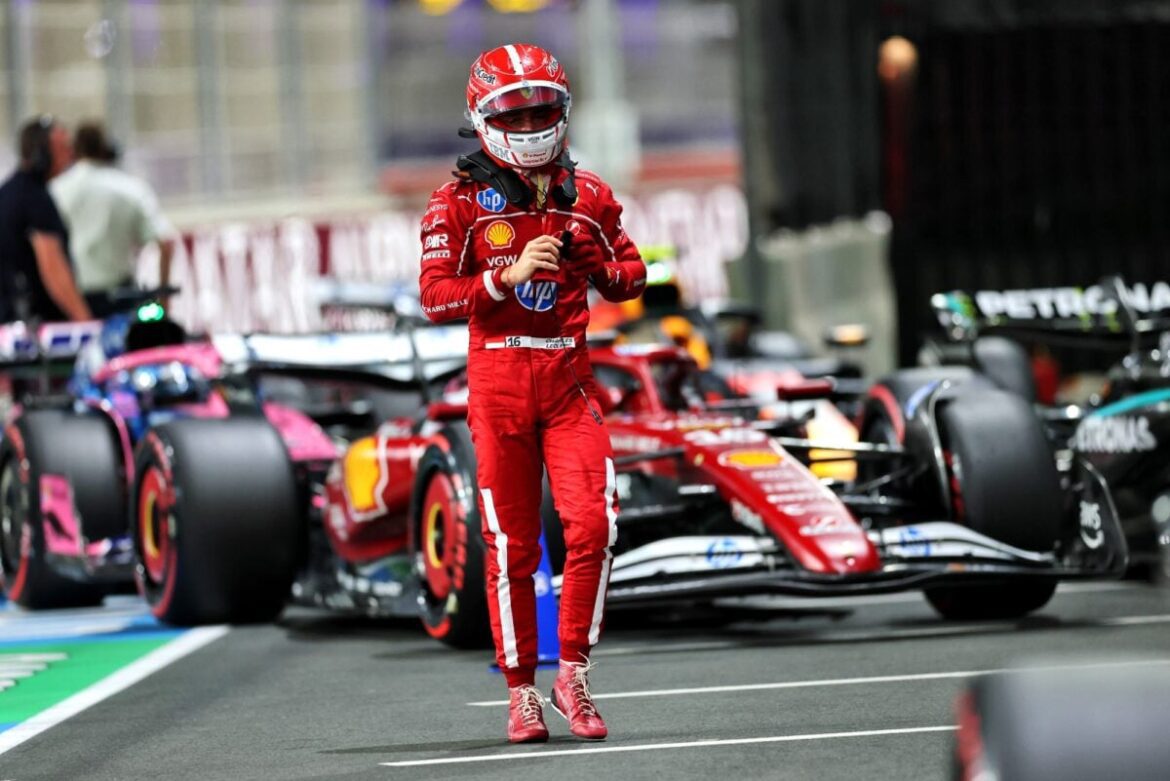Charles Leclerc’s Uncertainty About the 2026 Formula 1 Regulations
As the excitement builds for the Austrian Grand Prix, Charles Leclerc, the talented Ferrari driver, has expressed his reservations regarding the new Formula 1 regulations set to take effect in 2026. During a recent interview, Leclerc shared his insights on the current state of the cars and the challenges he anticipates with the upcoming changes. His candid remarks shed light on the evolving landscape of Formula 1 and the potential implications for drivers and teams in the near future.
The Experience on the Simulator
Leclerc described his experiences with the new simulator as “strange,” emphasizing that the cars are not particularly enjoyable to drive at this stage. He candidly stated, “Let’s just say it’s not the most fun racing car I’ve ever driven.” His feedback reflects a broader sentiment among drivers as they adapt to the new regulations that will reshape the sport.
The current phase of development for these cars is still in its infancy, and Leclerc remains hopeful for significant improvements in the coming months. However, he also expressed concerns about the nature of the upcoming regulations, suggesting that they may not provide the same level of enjoyment for drivers as in previous seasons.
Navigating the New Regulations
When asked about the specific issues affecting the cars, Leclerc identified two primary factors: the lack of downforce and the energy recovery system, both of which are expected to undergo substantial changes in 2026. He acknowledged that both elements contribute to the current challenges, with the energy recovery system being particularly impactful.
“It’s just strange,” Leclerc remarked, articulating his difficulty in envisioning how races will unfold under the new regulations. He highlighted the uncertainty surrounding overtaking opportunities and overall race dynamics, which adds an extra layer of complexity to the anticipated changes.
The Challenge Ahead
Leclerc’s reflections resonate with the ongoing conversations among teams, the FIA (Fédération Internationale de l’Automobile), and other stakeholders in the sport. There is a collective awareness of the challenges posed by the upcoming regulations, and discussions have been frequent as teams prepare for the transition.
While acknowledging the potential difficulties, Leclerc expressed a willingness to embrace the challenge of extracting maximum performance from a car that will differ significantly from what drivers are accustomed to. Despite his reservations, he remains committed to adapting to the new landscape of Formula 1.
Insights from the Industry
Leclerc’s comments coincide with a broader dialogue within the Formula 1 community regarding the anticipated disparities between teams in the upcoming season. Recently, the director of Ford, which is set to join the grid alongside Red Bull next year, indicated that the 2026 season may be characterized by notable inequalities among the teams.
These remarks underscore the complexity of the regulatory changes and the varying levels of adaptation that different teams may experience. As the sport evolves, the competitive balance could shift, leading to a season that challenges drivers and teams in unprecedented ways.
Preparing for Change
As teams and drivers gear up for the changes ahead, the focus on development and adaptation becomes increasingly critical. Leclerc’s insights serve as a reminder of the intricate interplay between technology, regulations, and driver experience in the world of Formula 1.
With the clock ticking down to the implementation of the new regulations, teams are racing against time to refine their designs and strategies. The uncertainty surrounding the performance of the new cars adds an element of intrigue to the upcoming season, as fans and analysts alike speculate on how the changes will impact the competitive landscape.
The Role of Communication
Effective communication among teams, drivers, and governing bodies will play a crucial role in navigating the transition to the new regulations. As Leclerc noted, there is a shared understanding of the challenges ahead, and collaboration will be essential to address potential issues before they arise.
The ongoing dialogue between the FIA and teams will help ensure that the implementation of the new regulations is as smooth as possible. By fostering an environment of transparency and cooperation, stakeholders can work together to enhance the overall racing experience for both drivers and fans.
Conclusion: Embracing the Future of Formula 1
While Leclerc’s apprehensions about the 2026 regulations are clear, his commitment to the sport and willingness to adapt highlight the resilience of Formula 1 drivers. As the landscape of racing continues to evolve, the challenges posed by new regulations will undoubtedly shape the future of the sport.
In this ever-changing environment, the ability to embrace change and innovate will be key to success. The upcoming season promises to be one of excitement and uncertainty, as teams and drivers navigate the new realities of Formula 1. With Leclerc and others at the forefront, the sport is poised for a thrilling journey into the future.
